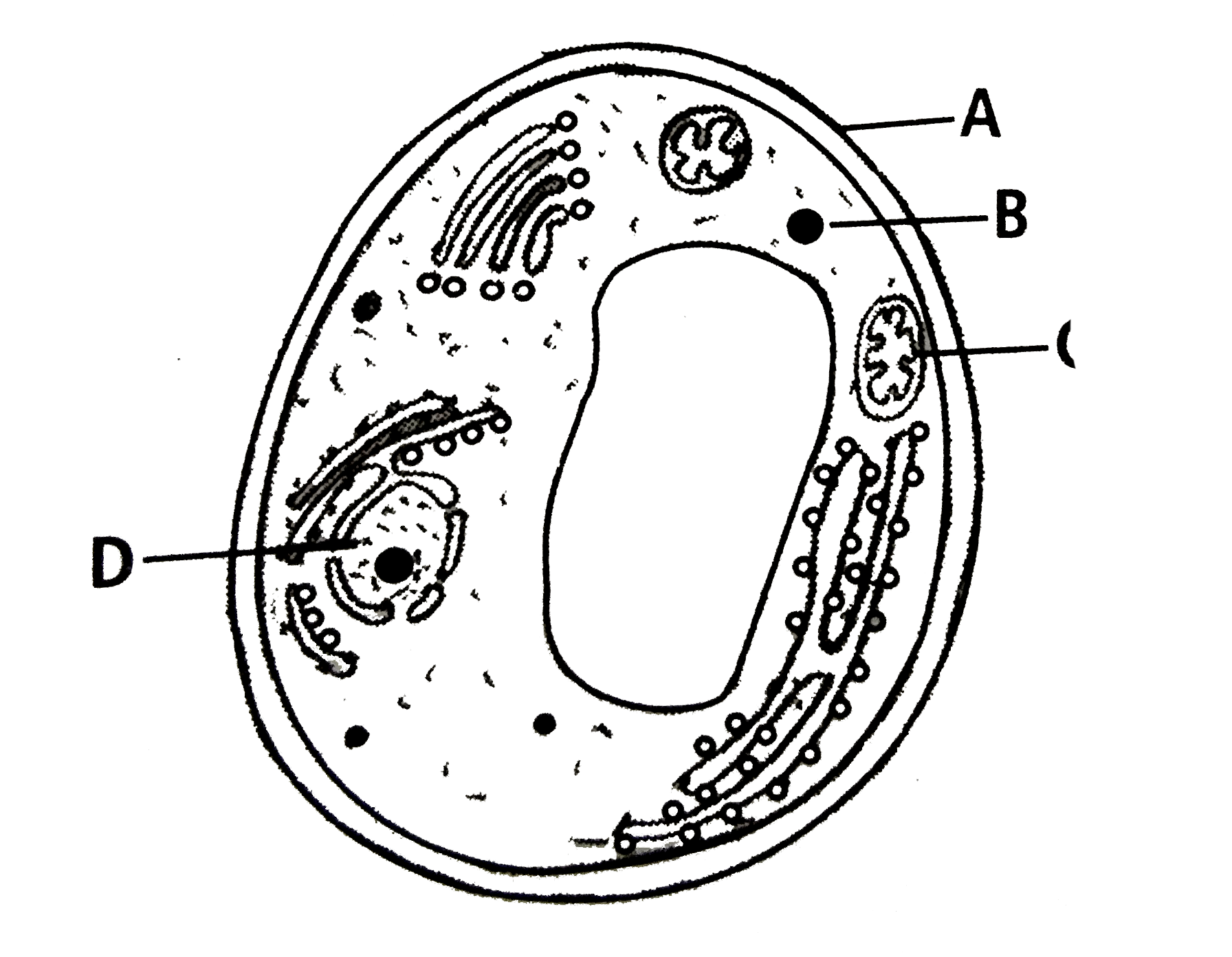Dionaea is rootless aquatic herb which form leaf bladders to trap insect.
Step-by-Step Solution:
1. Identify the Plant: The question refers to "Dionaea," which is commonly known as the Venus Flytrap.
2. Examine the Characteristics: The statement claims that Dionaea is a rootless aquatic herb. However, the Venus Flytrap is known to be a terrestrial plant, meaning it grows in soil.
3. Assess the Root System: The Venus Flytrap has a well-developed root system. This contradicts the claim that it is rootless.
4. Analyze the Leaf Structure: The statement mentions "leaf bladders" for trapping insects. However, the Venus Flytrap has modified leaves that form a trap, not bladders. The trap consists of two hinged lobes that snap shut when an insect touches the sensitive hairs inside.
5. Determine the Nutritional Process: The Venus Flytrap captures insects to obtain nutrients, but it does not have a mucous-filled bladder. Instead, it uses digestive enzymes to break down the insects after trapping them.
6. Conclusion: Since the statement claims that Dionaea is rootless and aquatic, both parts of the statement are incorrect. Therefore, the statement is false.
Final Answer: The statement is false.
---
Topper's Solved these Questions
- BOOK - MODERN PUBLICATIONCHAPTER - MORPHOLOGY OF FLOWERING PLANTS EXERCISE - QUICK MEMORY TEST ( COMPLETE THE MISSING LINKS )20videos
MORPHOLOGY OF FLOWERING PLANTS
- BOOK - MODERN PUBLICATIONCHAPTER - MORPHOLOGY OF FLOWERING PLANTS EXERCISE - QUICK MEMORY TEST (C. CHOOSE THE CORRECT ALTERNATIVE )6videos
MORPHOLOGY OF FLOWERING PLANTS
- BOOK - MODERN PUBLICATIONCHAPTER - MORPHOLOGY OF FLOWERING PLANTS EXERCISE - HIGHER ORDER THINKING SKILL (LONG ANSWER QUESTIONS )6videos
MORPHOLOGY OF FLOWERING PLANTS
- BOOK - MODERN PUBLICATIONCHAPTER - MINERAL NUTRITION EXERCISE - CHAPTER PRACTICE TEST16videos
MINERAL NUTRITION
- BOOK - MODERN PUBLICATIONCHAPTER - NEURAL CONTROL AND COORDINATIONEXERCISE - Chapter Practice Test11videos
NEURAL CONTROL AND COORDINATION
Similar Questions
Knowledge Check
- Question 1 - Select One
A small rootless aquatic herb in which a portion of leaf foms a tiny sach or bladder which traps water insects is
ADionaeaBUtriculariaCSarraceniaDDrosera. - Question 2 - Select One
Which of the following is a rootless aquatic plant, which portion of the leaf forms a tiny sac for trapping insects?
ANepenthesBDroseraCUtriculariaDDionaea - Question 3 - Select One
A rootless aquatic in which a portion of leaf is modified to form a bladder for catching small aquatic animals is
ADionaeaBDroseraCUtriculariaDNepenthes
The type of muscular tissue which forms the wall of hollow visceral organs like stomach and urinary bladder is
View SolutionThe plant which traps and feeds on insects is :
View SolutionRead the following statements (A to E) for the translocation of the mineral ions and choose the option which have all the correct statements :-
A – Chief sink for the minerals are growing regions of the plant
B – Before leaf fall all minerals are removed and transport to other parts of the plants.
C – Analysis of the xylem exudates shows that most of the nitrogen travels as the organic form like amino acids or amides.
D – Unloading of the minerals ions occurs at the fine vein ending through diffusion only.
E – Some elements that are structural components like calcium are not remobilisedView SolutionWhich of the following RNAs up specific amino acid (from amino acid pool) in the cytoplasm to ribosome during protein synthesis
Or Which form of RNA has a structure resebling clover leafView SolutionThe diagram shows the structure of a fungal cell with different parts labelled as A,B,C and D. Which of the following statements are true with regard to the fungal cell structive?

(i) A contains mucopolysaccharides which are also present in exoskeleton of insects and crustaceans.
(ii) D are usually more than one in number in case of aseptate hyphae.
(iii) Carotenes and xanthophylls are present in C, which harvest light energy for photosynthesis.
(iv) B is the reverse food material, usually stored in the form of starch and oil.View Solution

